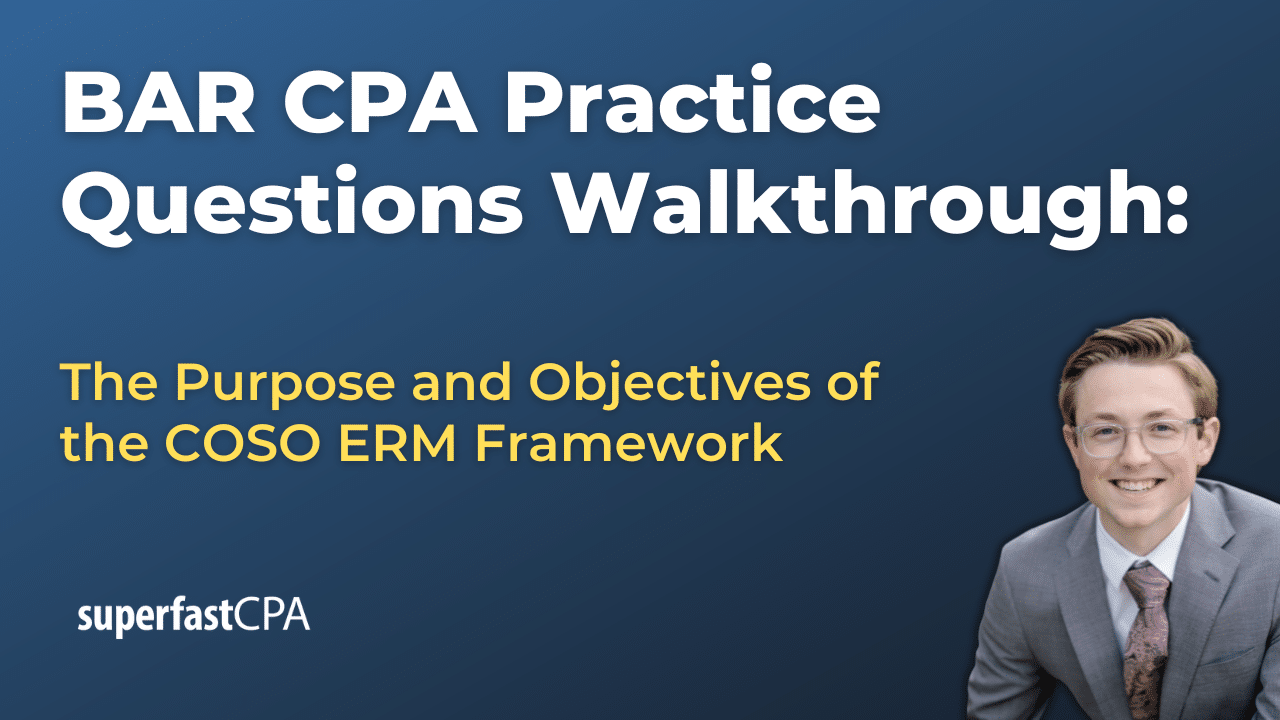Normalized Earnings
Normalized earnings are a company’s financial earnings adjusted for the effects of cyclical fluctuations, nonrecurring or one-time items, or other unique events that are not considered part of a company’s ongoing operations.
The goal of normalizing earnings is to eliminate anomalies and provide a clearer view of a company’s true earning power. By adjusting for these irregular items, analysts, investors, and other stakeholders can get a more accurate picture of a company’s sustainable profitability and performance.
For instance, adjustments may be made to account for:
- Seasonal fluctuations: Many businesses have peak and off-peak seasons. Normalizing earnings can help smooth out these cyclical effects to provide a more consistent year-round picture.
- One-time items: If a company sells a significant asset or incurs a large one-time expense, such as a legal settlement, these are not reflective of its ongoing operations and can be removed from the earnings.
- Changes in accounting rules: If a company changes its accounting methods or if accounting rules change, earnings may need to be normalized to ensure comparability across periods.
- Economic conditions: Changes in economic conditions, like a recession or boom, can be accounted for to provide a more normalized view of earnings.
The process of normalizing earnings can be somewhat subjective, as it relies on judgments about what is “normal” or “abnormal” for a company’s operations. As such, when reviewing normalized earnings, it’s always a good idea to understand the rationale behind the adjustments that have been made.
Example of Normalized Earnings
Let’s consider a fictional manufacturing company, “ABC Manufacturing Inc.,” to illustrate normalized earnings.
Let’s say ABC Manufacturing Inc. reported net earnings of $500,000 for a fiscal year. However, within this fiscal year, there were several one-time or abnormal events:
- ABC Manufacturing Inc. sold a piece of machinery that was no longer needed for $50,000. This is a one-time event and not part of the company’s normal operations.
- The company also paid a one-time legal settlement of $30,000. Again, this is not a regular occurrence or part of the company’s normal business operations.
- ABC Manufacturing Inc. had an expense of $20,000 due to a rare machine breakdown and repair. This is not expected to recur annually, so it’s considered a one-time cost.
To get the normalized earnings, these one-time items would be removed from the net earnings:
- Start with the reported net earnings: $500,000
- Subtract the gain from the machinery sale: $500,000 – $50,000 = $450,000
- Add back the one-time legal settlement expense: $450,000 + $30,000 = $480,000
- Add back the one-time machine repair expense: $480,000 + $20,000 = $500,000
So, after these adjustments, the normalized earnings for ABC Manufacturing Inc. would be $500,000.
By normalizing earnings, we’re able to better understand the underlying profitability of the company’s ongoing operations, without the noise of one-time events or transactions. This gives investors, analysts, and the company’s management a clearer picture of the company’s financial health.













